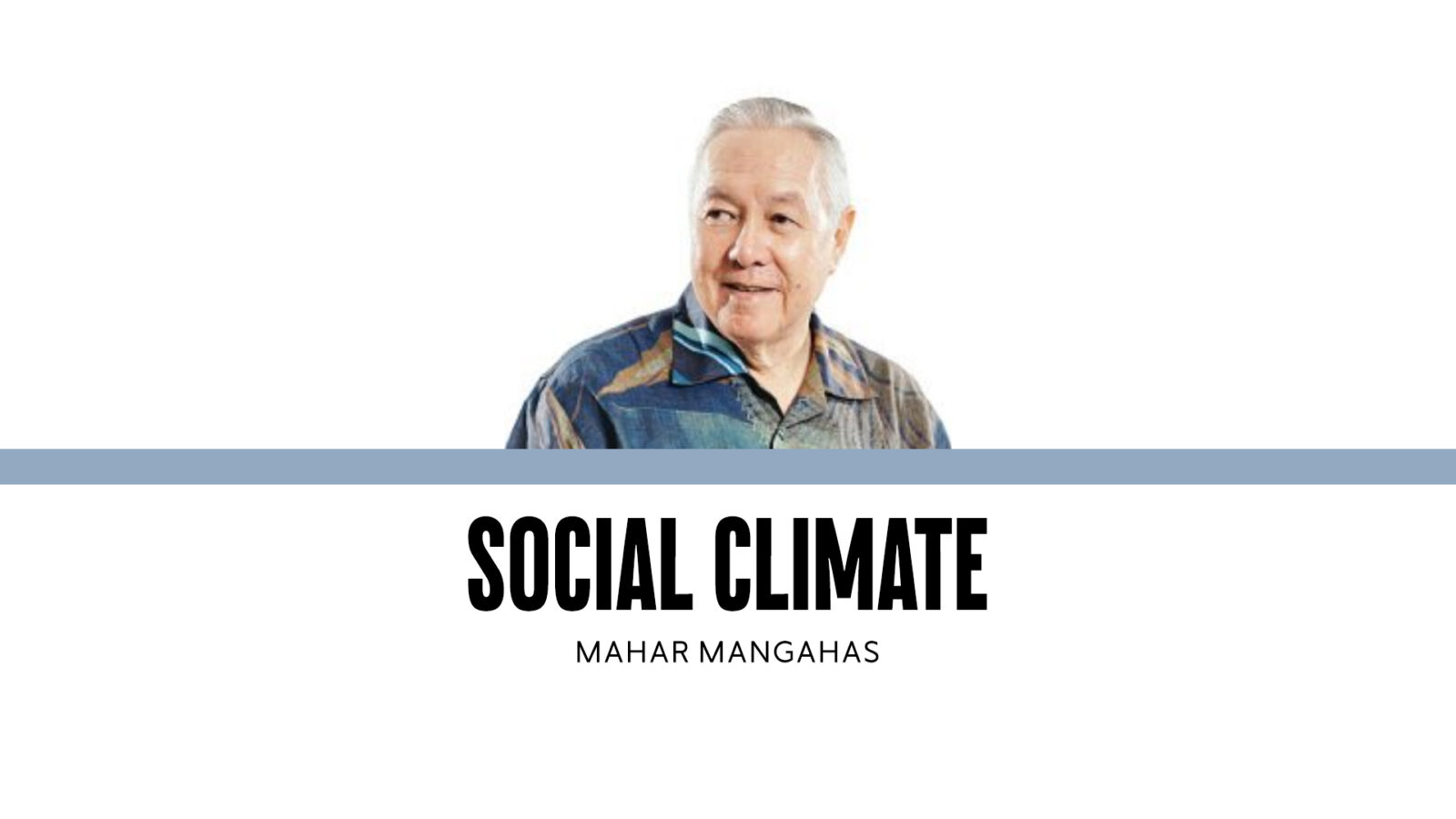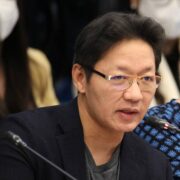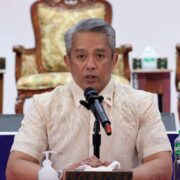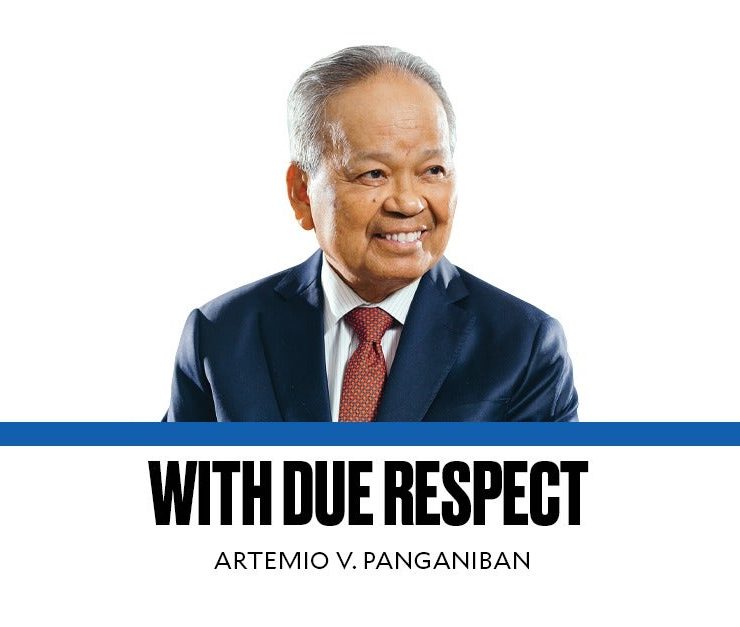Opinion polling 101

Opinion polling is the systematic clarification of where people stand on some public issue, at a particular time. It is scientific research involving the sequence of: (a) addressing pertinent questions about the issue to the people; (b) drawing a representative sample of the people; (c) fielding the questionnaire to the sample and recording the responses; (d) analyzing the answers given by the respondents; and (e) drawing the implications, in conjunction with pertinent data from other times and settings. The ones who accomplish this sequence are called the “doers.”
The impetus for an opinion poll may come from a sponsor and or from the poll doers. It is stated in codes of professional ethics that doers have the right (and responsibility!) to reject directives from a sponsor which are likely to influence the findings of the research. The sponsors, the doers, and the respondents have their own rights and responsibilities, as listed in the codes. It is advisable for doers, in particular, to be members in good standing of the professional societies that have adopted such codes.
Making these activities work well together calls for teamwork, even though certain activities may be outsourced. The overall documentation, across the activities, constitutes intellectual property. The term “pollster” is applicable for the person/entity responsible for the final report.
Opinion polling is a common activity in democracies, where governance is set up for the people and by the people, but is also found in centrally controlled societies. Even absolute dictators ought to know what their subjects are thinking. In any setting, some polls may be open or transparent, while other polls may be closed or secret. Research can be both confidential and ethical. Competition in opinion polling by independent entities is socially beneficial, and should be encouraged.
Sampling is critical. Representativity of an opinion poll requires that the respondents of the poll be sampled at random from the general population for which the poll is intended to apply. Data from nonrandom respondents are also helpful, and may be called “cases,” but should not be mingled with data from the random sample.
The most-used statistic in survey research is the proportion, aka the percentage, aka the ratio of the individuals of the sample having some characteristic, for example, being satisfied with the performance of some government official (but the subject matter could be anything else). Of course, there will be a difference between the proportion found in that single sample—which, moreover, would change from one sample to another—and the true proportion in the entire population. This difference is called sampling error.
The wonderful thing is that the sampling error of a proportion is limited, to a known degree, by the absolute size of the sample from which it is taken. The bigger the sample size, the smaller the sampling error. This is regardless of the size of the entire population.
To achieve an error margin of plus or minus five percentage points, which can be written as 1/20, take a sample of size 20 X 20 = 400. An error margin of plus or minus four percentage points, which is 1/25, requires a bigger sample of 25 X 25 = 625. An error margin of plus or minus three points, or roughly 1/33, requires a sample of 33 X 33 = 1,089; this is why a sample of 1,000 respondents is the gold standard for a national opinion poll. The reciprocal of the desired error margin, multiplied by itself, is the one formula to remember. The present accuracy of a sample proportion from a sample of 1,000, with our population over 110 million is the same as it was when we Filipinos were 75 million, and the same as when we were only 50 million and 25 million, decades ago.
The formula above is for simple (classic) random sampling, where each individual has an equal chance of being selected. However, classic sampling is so expensive that complex, or multistage random sampling is being used instead; this requires slightly larger samples for the same degree of accuracy, or else a slightly more generous allowance for error, at the same cost.
—————-
Contact: mahar.mangahas@sws.org.ph.
Dr Mahar Mangahas is a multi-awarded scholar for his pioneering work in public opinion research in the Philippines and in South East Asia. He founded the now familiar entity, “Social Weather Stations” (SWS) which has been doing public opinion research since 1985 and which has become increasingly influential, nay indispensable, in the conduct of Philippine political life and policy. SWS has been serving the country and policymakers as an independent and timely source of pertinent and credible data on Philippine economic, social and political landscape.





















Diplomacy of gifts at Apec